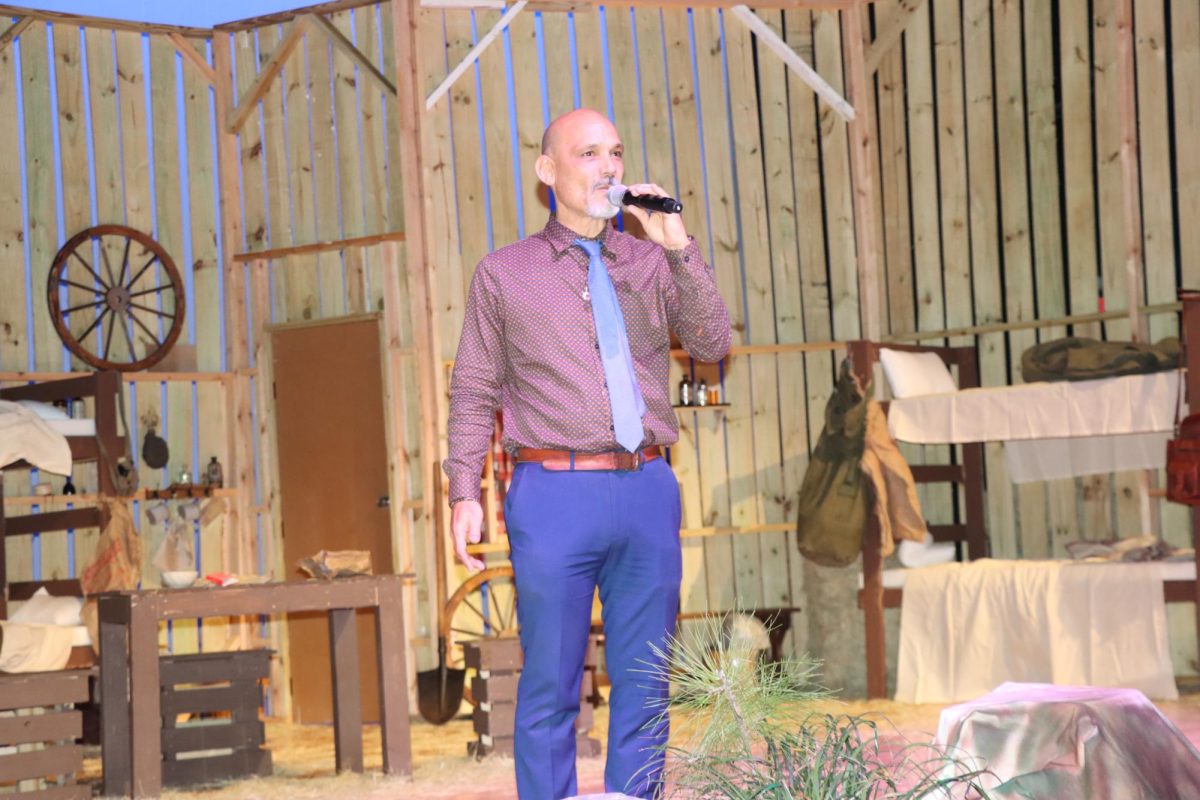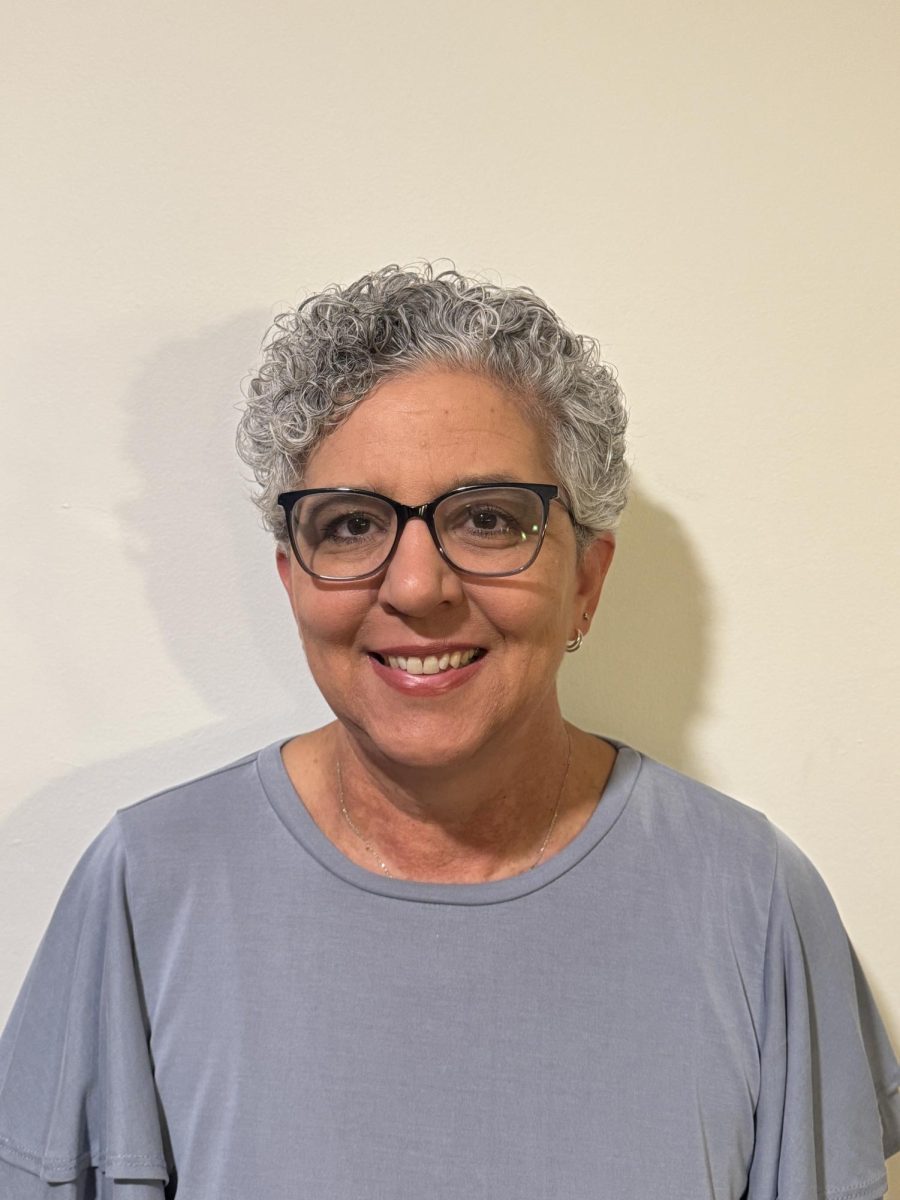According to Red Cross’ official website, one blood donation can potentially save up to three lives. SADD club, or Students Against Destructive Decisions, hopes to play their own role in handing out these life-saving donations. They hosted their first blood drive of the year, though it was slightly different from years past due to the ongoing pandemic.
SADD Club President Bennett O’Connor explained that in order to attain social distancing requirements, two buses were provided instead of the typical one. O’Connor said he wanted to make sure everyone was able to donate while still following social-distancing and he is thankful that his club got the opportunity to still hold the blood drive this year.
“Even though COVID-19 canceled many events this year, this was one of the events that my club and I were set on doing,” O’Connor said. “It was a great turnout regardless of the pandemic, and we made sure everyone was safe, and I am excited to help organize the next blood drive.”
According to the Miller-Keystone Blood Center, the leading reason people do not donate blood is from a fear of needles. Among those were initially afraid of this is Junior Alaina Musselwhite. Alaina said that she was nervous to donate blood because she didn’t know what to expect.
“It was scary because I was afraid I was going to pass out or throw up after donating because some of my friends have had that happen to them before and I didn’t want that to happen to me,” Musselwhite said. “However, I wanted to do it to help people in need, and because when you donate, they test your blood plasma, and I wanted to see if I had the COVID-19 antibodies.”
O’Connor explained that many people, after donating for their first time, realize that giving blood is not that hard or scary to do as it takes less than an hour to donate.
“I realized that it was not as bad as I expected it to be because I did not feel sick afterward and the needle was not that bad either,” Musselwhite said.
SADD Club’s first blood drive was a tremendous success, bringing in a new patch of donors while spreading awareness about the importance of blood donations. From their 25 donors, they received 20 units of blood— enough to save 60 patients. O’Connor says he is excited for the next blood drive to have more first-time donors and to help others with their donations.
“I would definitely donate again because when I donate, I am helping people who need blood and it does not take much to just donate some blood for a good cause,” Musselwhite said.
















